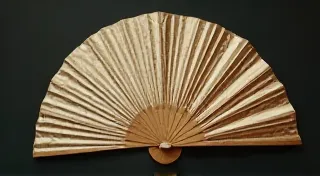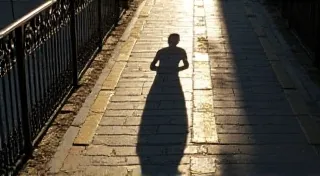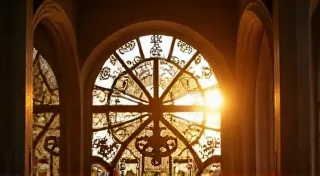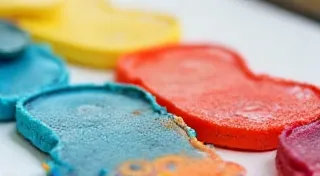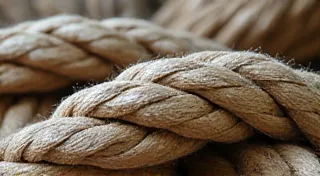The Silent Muse: How Artists Inspired Vintage Fashion Design
There’s a certain melancholy beauty in a vintage sewing pattern – the faded instructions, the delicate tissue paper, the promise of a garment echoing a bygone era. But beyond the nostalgia, these patterns reveal a fascinating truth: fashion, like art, doesn't exist in a vacuum. It’s a conversation, an evolution, and frequently, a direct descendant of artistic movements. Today, we're exploring how the silent muses of the art world – Impressionism, Art Deco, and Surrealism – whispered their inspiration into the silhouettes, fabrics, and details of vintage fashion design.
My grandmother, Elsie, was a seamstress. Not a designer, mind you, but a maker. Her small, sun-drenched workshop smelled perpetually of pressed fabric and lemon polish. I spent countless afternoons there, mesmerized as she coaxed life from flat pieces of cloth, her Singer sewing machine a rhythmic heartbeat in the room. She rarely spoke of design inspiration, but I now understand that she, like so many seamstresses of her generation, was unconsciously channeling the aesthetics of her time. And those aesthetics were profoundly shaped by the art that surrounded them.
Impressionism: A Dance of Light and Movement
The late 1800s saw the rise of Impressionism, a radical departure from the rigid academic painting of the time. Artists like Monet, Renoir, and Degas captured fleeting moments, emphasizing the effects of light and atmosphere. Imagine standing before Monet's "Impression, soleil levant" – the shimmering water, the hazy sky, the sense of movement captured in a single brushstroke. This obsession with ephemerality profoundly impacted fashion.
Early Impressionistic fashion eschewed the structured, corseted forms of the Victorian era. Fabrics became lighter, draping softly around the body. Think of the ‘La Belle Époque’ (Beautiful Era) dresses of the 1890s – voluminous skirts, airy sleeves, and a general feeling of graceful movement. The colors mirrored the Impressionists’ palettes – soft pastels, shimmering golds, and the subtle interplay of light and shadow. Silk, chiffon, and lace were favored, mimicking the fluid textures found in Monet’s water lilies or Renoir’s dappled sunlight. The emphasis shifted from showcasing wealth through elaborate embellishments to celebrating the beauty of natural movement and form.
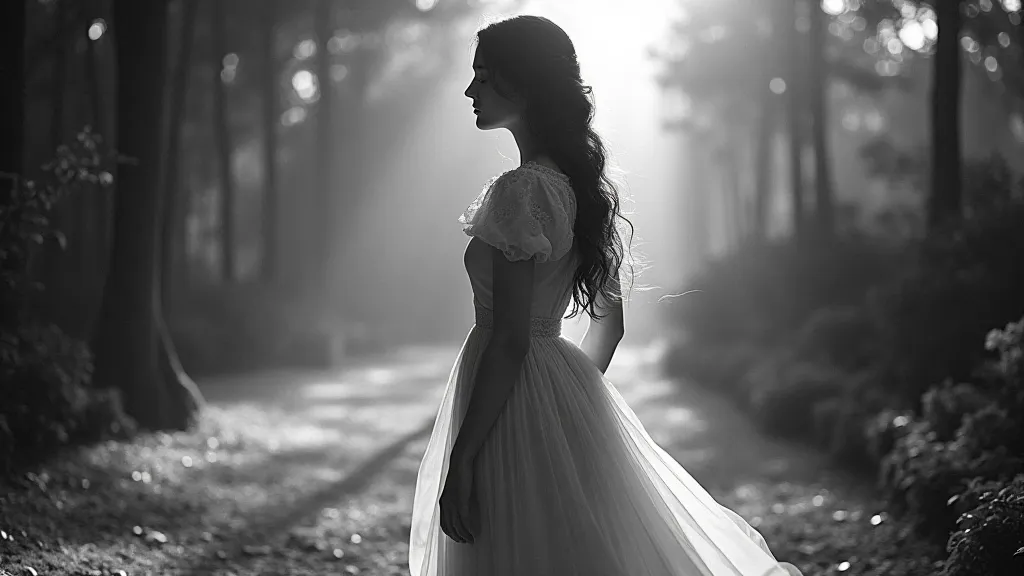
The Geometric Glamour of Art Deco
As World War I receded into the past, a new era of optimism and modernity dawned. This manifested in the Art Deco movement, which embraced geometric forms, bold colors, and luxurious materials. Art Deco rejected the organic curves of the preceding decades, opting instead for streamlined shapes, ziggurats, and sunburst patterns. Think of Tamara de Lempicka’s portraits – sharp angles, clean lines, and a sense of cool, confident glamour.
The 1920s and 1930s saw fashion mirroring this aesthetic shift. The iconic flapper dress, with its dropped waistline, shimmering embellishments, and geometric patterns, is perhaps the most visible embodiment of Art Deco influence. Beading, embroidery, and lamé were liberally employed, reflecting the opulence and exuberance of the era. Designers like Coco Chanel, while pioneers in their own right, were undoubtedly influenced by the Art Deco love of clean lines and luxurious materials. The close-fitting silhouette contrasted sharply with the voluminous skirts of the previous decades, signaling a new era of liberation and modernity.
My grandmother kept a box of old beads – tiny glass pearls and shimmering sequins – remnants from a dress she's made in the 1930s. She’s told me it was a Christmas party dress, meant to sparkle under the lights. Holding those beads, I feel a tangible connection to that era, to the vibrant energy and the unwavering optimism that characterized the Art Deco years. It reminds me that even the simplest of garments can hold a wealth of history and artistic inspiration.
Surrealism: Dreams in Fabric
The interwar period also saw the rise of Surrealism, an artistic movement that sought to unlock the power of the unconscious mind. Artists like Salvador Dalí and René Magritte challenged conventional notions of reality, creating dreamlike landscapes and illogical juxtapositions. The movement rejected reason and embraced the bizarre, the irrational, and the unexpected.
Surrealism’s impact on fashion wasn't as direct or widespread as that of Impressionism or Art Deco, but it certainly left its mark. The 1940s and 1950s saw designers experimenting with unexpected silhouettes, asymmetrical cuts, and whimsical details. Think of Elsa Schiaparelli, a close friend and collaborator of Salvador Dalí, who famously incorporated lobster motifs and shoe hats into her designs. These designs were provocative, challenging, and deliberately nonsensical – a direct reflection of the Surrealist ethos.
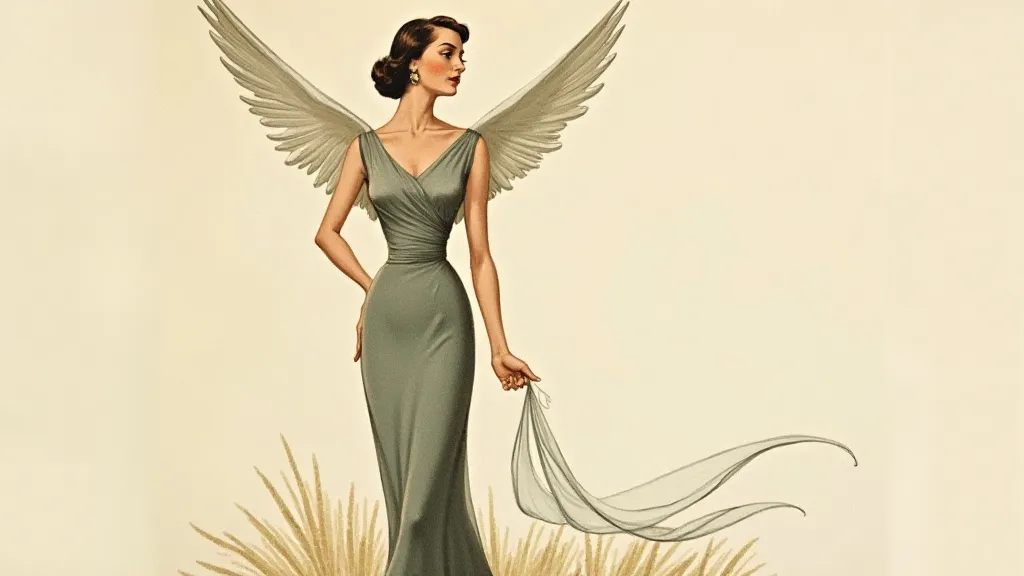
While less evident in everyday wear, the spirit of Surrealism seeped into the unexpected details of vintage patterns – a playful collar, a whimsical pocket, a fabric combination that defies logic. These were subtle nods to the artistic movement, a way of injecting a touch of the unexpected into the world of fashion.
The Legacy of Artistic Inspiration
The relationship between art and fashion is a continuous cycle of influence and innovation. Artists draw inspiration from the world around them, and fashion designers, consciously or unconsciously, translate those inspirations into wearable form. By understanding this dynamic, we can gain a deeper appreciation for the history of fashion and the creative process that shapes our wardrobes.
Collecting and restoring vintage patterns offers a unique window into this artistic dialogue. Holding a fragile tissue paper pattern, examining the carefully drawn lines, imagining the garment it was intended to create – it’s a powerful connection to the past, a tangible link to the artists and designers who shaped our visual landscape. It allows us to not only admire the finished garments, but to understand the creative forces that brought them to life.
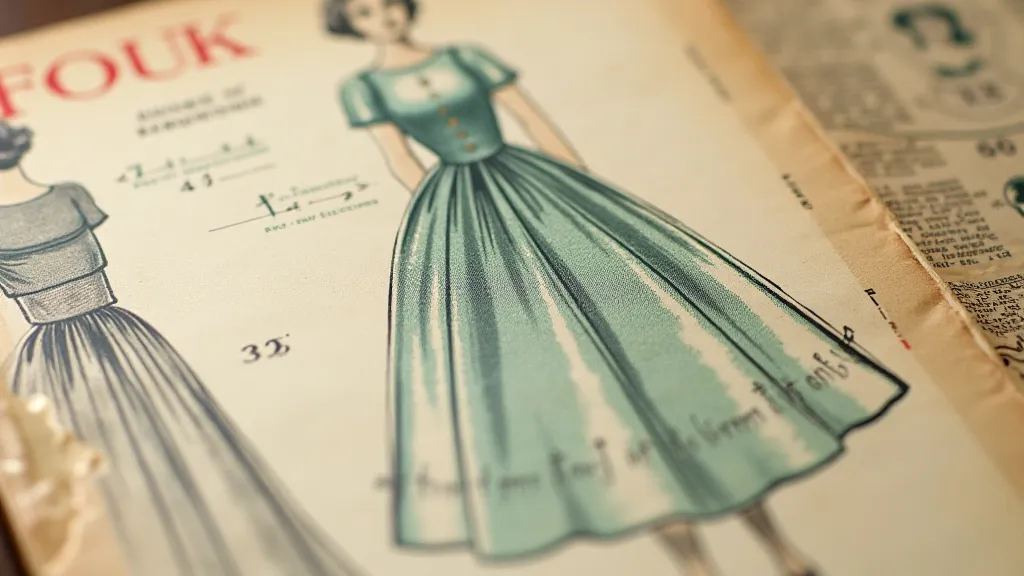
The silent muses of the art world continue to resonate in contemporary fashion, albeit in more subtle ways. But by understanding the historical connections – the dialogue between Impressionism, Art Deco, and Surrealism – we can appreciate the enduring power of art to inspire and shape our world.
